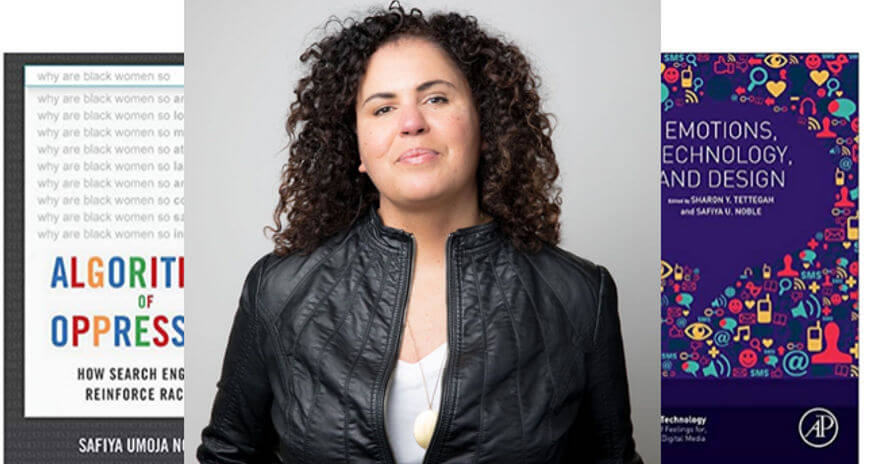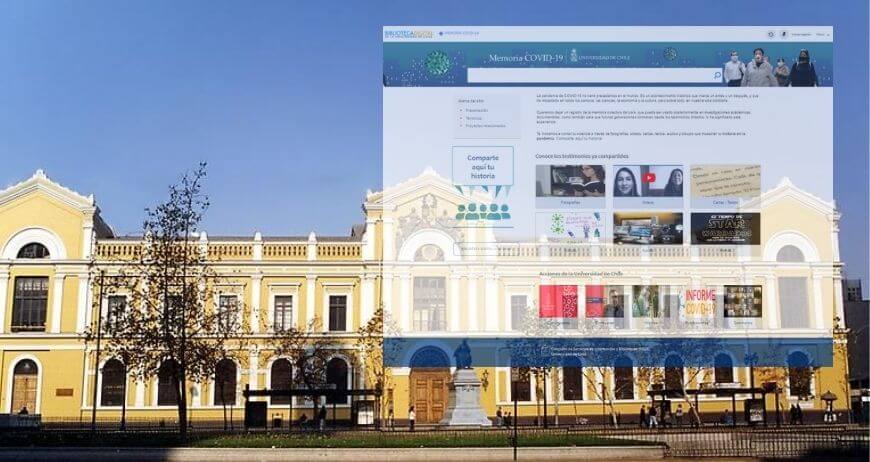Dani Guzman, Product Marketing Director, Ex Libris
In this edition, the buzz is about identifying the changing ways in which library users actually search for what they need and how libraries can better meet their needs – in terms of interfaces, personnel behavior and physical design. And once a user has finally found what he or she is looking for, how can they correctly cite their digital sources? Are there even any standards to meet anymore? Finally, we look at the potential impact of artificial intelligence on all these issues and more.
On the Scholarly Kitchen website, Roger C. Schonfeld, a director with Ithaka S+R, takes a critical look at a recent report by Tracy Gardner and Simon Inger entitled, “How Readers Discover Content in Scholarly Publications.” Spoiler alert – he finds the study to have serious methodological shortcomings. While he therefore questions some of the results, Schonfeld also takes note of findings that he says “make good sense and deserve attention on their own merits.” Read more>>>
By studying how people actually use libraries, Aaron Schmidt argues in a recent Library Journal article, we can get a clear idea of how to make them better. To that end, he provides several ways to gather useful data on user experience in the library, from including as many personnel as possible in the research process to experimenting with changes to service blueprinting. The article can be seen as a complementary item to our own series of blog posts about UX design. However, Schmidt adds, the UX data is only a tool to guide and refine the librarian’s imagination regarding what they want their environment to be like. Read more>>>
After reading about how the library can be made more accessible to users, we can turn to what librarians need to be proficient in today. In her CILIP blog, Dr. Diane Rasmussen Pennington, a lecturer in Information Science at the University of Strathclyde in Glasgow, acknowledges the challenge librarians face in identifying which new technologies are worth investing time and resources in mastering. In this article, Dr. Pennington provides her own detailed and well considered list of such technologies, including a very valuable series of links for further study. Read more>>>
Drilling down into how scholarly information drawn from the library is eventually used, an article in the Scholarly Kitchen addresses the issue of source citation in the modern digital world. David Crotty, Editorial Director of Journals Policy for Oxford University Press, notes that CrossRef and the Digital Curation Center recently issued guidelines for best practices for data citation. These efforts at standardization are needed, he writes, to encourage more consistent citation of new sources of information in scholarly articles. Read more>>>
In the Library Journal, Steven Bell, Associate University Librarian for Temple University in Philadelphia, addresses the fear that all of the efforts at improving librarians’ capabilities will come to naught thanks to artificial intelligence. He writes that “eventually it will change the work of librarians—or make it irrelevant.” Bell admits that he once believed librarians were “irreplaceably robot-proof. Now I am less certain.” It may have been nothing more than a recent game of Go that changed his mind. To find out, read more>>>
You might also be interested in

COVID-19
Librarianship
April 28, 2021 |
11 min read
Trends in Physical and Electronic Resource Usage in U.S. Academic Libraries

COVID-19
Librarianship
April 09, 2021 |
5 min read
National Library Week: Recognizing Libraries as a Reliable and Resilient Force

Alma
Librarianship
April 06, 2021 |
6 min read
Centralizing, Optimizing and Cutting Costs
Great library experiences start with software
Download whitepaper

Alma
Librarianship
March 09, 2021 |
7 min read
Finding the Best Integrated Library System for Small and Medium Library Collections and Management

Alma
Librarianship
February 16, 2021 |
6 min read
A Small Library Staff Can Do Much More Than You Think

Alma
Librarianship
November 11, 2020 |
5 min read
The Big Challenges of Small Libraries

Community
Librarianship
October 14, 2020 |
3 min read
Diversity, Equity and Inclusion: Dr. Safiya Umoja Noble Chats with Ex Libris

Alma
Primo
Community
COVID-19
Librarianship
August 13, 2020 |
2 min read
A Unique Approach to Memorializing 
